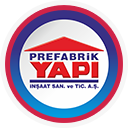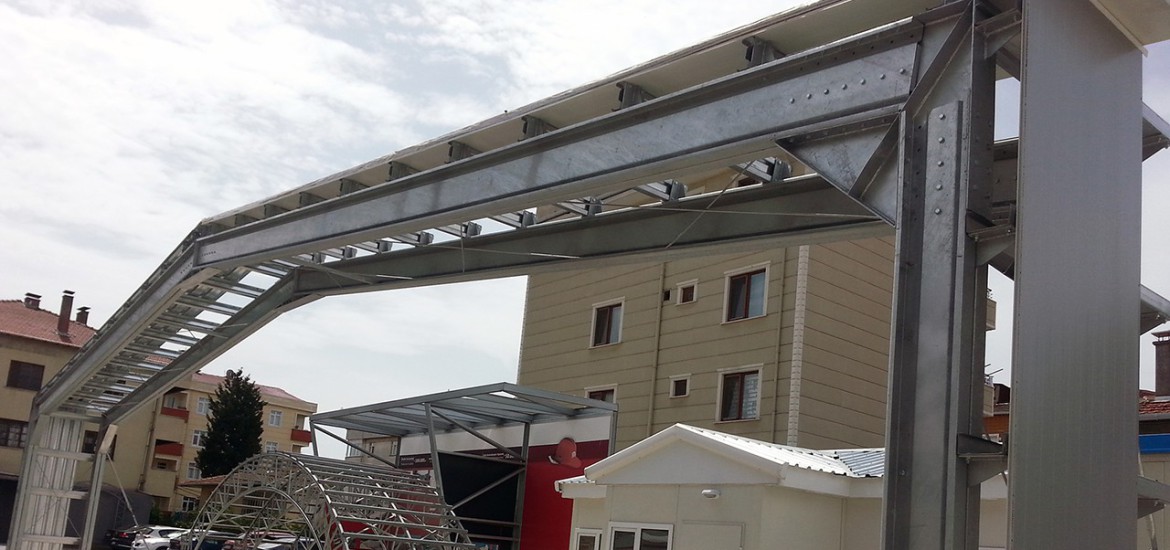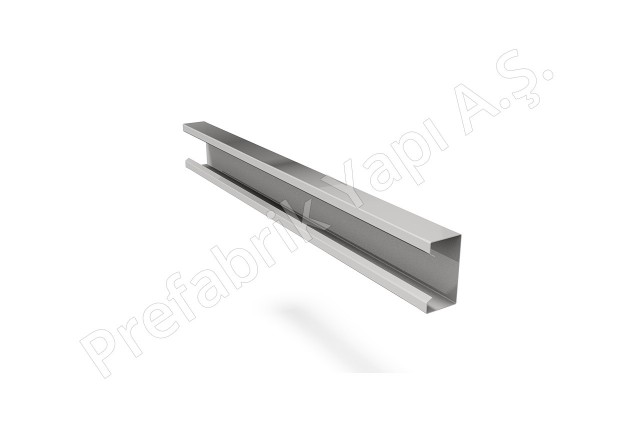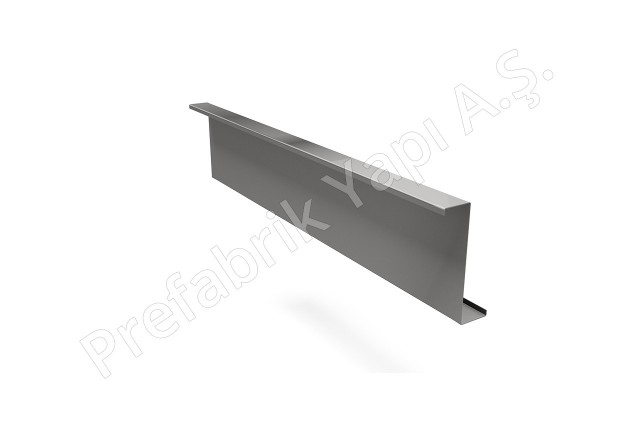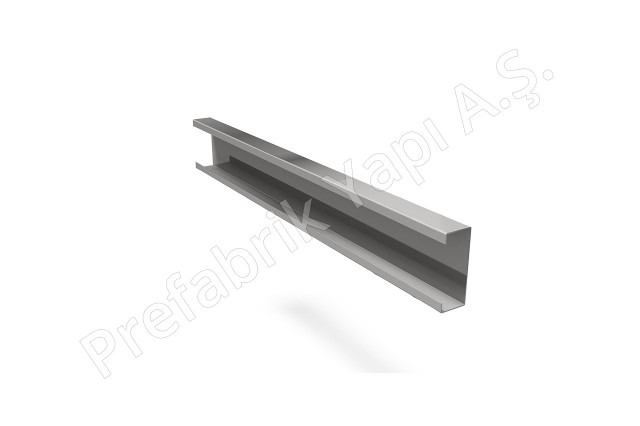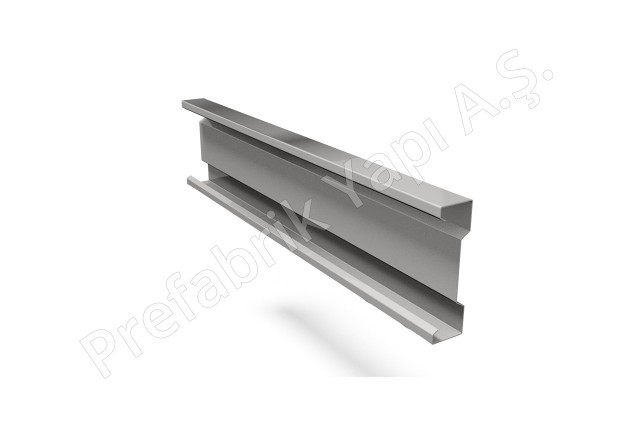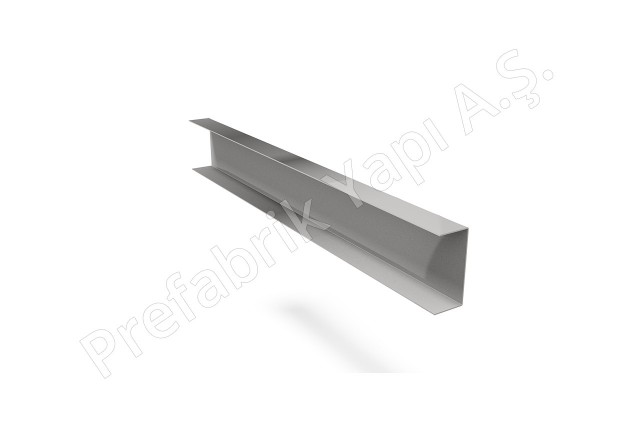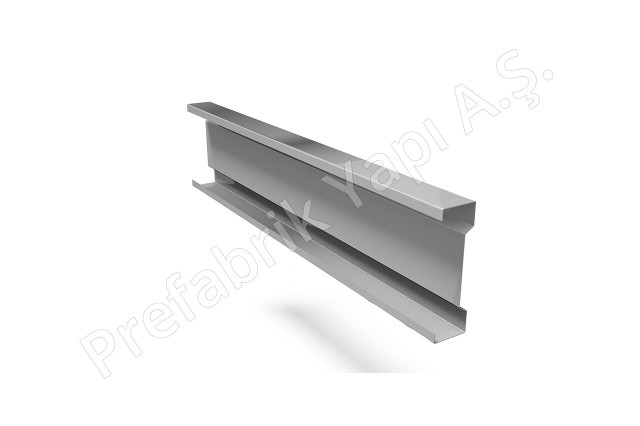Steel Profile
Steel ProfilesWhat is steel profile?
Steel Profile types manufactured under a brand name of Hekim Profil with the understanding of total quality management, are easily applied and provide strength. Steel profiles offers up to 40% weight advantage compared to heavy steel structures. This not only reduces the tonnages of the materials, but also reduces the costs to a certain extent.
It employs and develops the latest technologies from manufacturing up to the after-sales services with a slogan of Technology Spot. Taking the customers requirements into consideration, burrfree cutting and burfree boring operations at the desired dimensions, are carried out.
Steel Profile - Standard Plans
Steel Profiles
Steel profiles are essential structural elements used across construction and industrial sectors. Offering both strength and lightweight performance, they are produced in various shapes and sizes. With advanced technology and precise manufacturing, brands like Hekim Profil deliver efficient steel profiling solutions that provide cost advantages and meet diverse engineering demands.
What Are Steel Profiles?
Steel profiles are structural components made from high-strength metal, widely used in various construction and industrial applications. They are produced by shaping steel into specific cross-sections and sizes to meet the structural requirements of buildings, machinery, and infrastructure. Developed under the total quality management system, steel profiles such as those from Hekim Profil provide outstanding durability, precision, and a clean finish.
One of the major benefits of these profiles is their efficiency. Compared to traditional heavy steel structures, steel profiles offer up to 40% weight advantage. This not only decreases material tonnage but also contributes to cost-effectiveness in large-scale projects. They are designed with customer-specific requirements in mind, offering burr-free cutting and drilling with exact measurements.
Steel Profile Types
There are several steel profile types, each uniquely shaped to serve different structural and aesthetic functions. The manufacturing process ensures they meet international standards while remaining lightweight and easy to assemble. These types are engineered for flexibility, making them suitable for a wide range of building applications, from residential frameworks to industrial support systems.
From angular beams to box and U-shaped channels, the variety in steel profile types ensures that every structural need is covered. Hekim Profil, known for its innovation and precision, produces all these forms using the latest technologies. The profiles can be customized for shape, gauge, and finish depending on the requirements of the project.
C Profile Steel
C profile steel is a popular choice for framing and bracing applications due to its shape, which offers both strength and stability. These profiles are ideal for wall studs and floor joists, commonly found in light steel constructions.
L Profile Steel
L profile steel, also known as angle iron, features a right-angled “L” shape that provides support in both vertical and horizontal planes. It is widely used in frameworks, bracketing systems, and as reinforcement in steel structures, offering versatility and ease of installation.
Steel Z Profile
Steel Z profile is recognized for its Z-shaped cross-section, designed for use in roofing and cladding support systems. These profiles provide excellent load distribution and are frequently used in purlins and girts in steel frame constructions due to their high bending resistance.
Steel H Profile
Steel H profile is known for its strong, wide-flange design that resembles the letter “H”. This shape allows for excellent load-bearing capacity, making it a go-to choice in large structural frameworks like industrial halls and high-rise buildings. The profile is engineered to handle both axial and bending forces efficiently.
Sigma Profil
Sigma profil is a specialized type of steel profiling that offers increased strength and rigidity with less material. Its wave-like cross-section is designed for optimal weight-to-strength performance, making it ideal for purlins, support beams, and applications where light but strong materials are required.
Key Features Of Steel Profiles
Steel profiles stand out with their superior strength, lightweight construction, and precision engineering. Thanks to advanced manufacturing techniques like burr-free cutting and boring, they meet high standards of quality and durability. These profiles are compatible with various construction systems and are easily adaptable to different architectural designs and engineering requirements.
Another key feature is their weight advantage—up to 40% lighter than traditional heavy steel structures. This significantly reduces both transport and installation costs. Produced with customer-specific dimensions and requirements in mind, steel profiles can be tailored for use in a wide range of applications, including roofing, cladding, and internal support systems, without compromising on structural integrity.
Steel Profile Gauge
The steel profile gauge refers to the thickness of the profile’s metal, which directly influences strength, flexibility, and application area. Choosing the correct gauge is crucial for balancing load-bearing capacity with material efficiency. Manufacturers offer a wide range of gauge options depending on the profile type and project specifications.
Advantages Of Using Steel Profile Systems
Steel profile systems offer numerous advantages that make them a preferred choice in modern construction. Their lightweight nature, combined with high load-bearing capacity, ensures ease of transportation, handling, and faster installation on-site. This results in both time and cost savings, especially in large-scale industrial and commercial projects. Their modular structure also simplifies modifications or future expansions.
Common Usage Areas Of Steel Profiles
Steel profiles are used across a wide range of sectors due to their versatility and strength. In construction, they are found in structural frameworks, roofing, and wall cladding systems. Steel roof profiles and steel cladding profiles are particularly popular in industrial buildings, warehouses, and commercial complexes. Their structural integrity makes them suitable for high-load areas and long-span applications.
Beyond building construction, steel profiles are also employed in automotive production, shelving systems, infrastructure projects, and mechanical engineering. Profiles like angle profile steel, box profile steel, and hollow steel profile provide tailored solutions for varying technical needs. The ability to produce custom steel profiles further expands their usage potential across many industries.
Steel Profiles For Sale
Whether for small-scale residential jobs or large industrial installations, there is a wide selection of steel profiles for sale on the market. Brands like Hekim Profil provide a diverse range of standardized and customizable solutions, ensuring high performance and compliance with global quality standards. Customers can choose from options like standard steel profiles, profile stainless steel, and colour steel profiles depending on the specific needs of their projects.
Additionally, with expert support in selecting profile types, dimensions, and gauges, buyers can make informed decisions that improve structural reliability and efficiency. Suppliers often provide technical consultation and after-sales services, adding value throughout the life cycle of the product.
Steel Profile Pricing
Steel profile pricing is influenced by several factors, including the type of profile, material thickness (gauge), surface treatment, and whether it’s a standard or custom steel profile. Prices can vary significantly between standard steel profiles and specialized options like stainless steel profiles UK or galvanised steel profiles, due to differences in production processes and raw material costs.
The steel profile price is also impacted by market fluctuations in steel supply and demand, as well as production volume. Large orders often benefit from cost advantages. Furthermore, the complexity of the design, such as detailed cuts or drilling, can affect pricing. Customers should compare steel profile prices across different suppliers while also considering factors like quality assurance and after-sales service.
Design And Engineering Aspects Of Steel Profile Structures
When it comes to the design and engineering of steel profile structures, precision and planning are essential. The chosen steel profile sections must align with the architectural intent and structural load requirements of the project. Engineers must consider factors like wind load, seismic resistance, and overall stability when selecting between steel profile types, such as I-beams or C-channels.
Advanced design software and 3D modeling tools are often used to optimize the layout and dimensions of profiles. This ensures that materials are used efficiently, reducing waste and minimizing costs. Additionally, engineered profile steel cladding systems offer seamless integration into facades, enhancing both performance and aesthetic value in modern structures.
How To Order A Custom Steel Profile Structure?
Ordering a custom steel profile requires a clear understanding of project-specific needs and technical requirements. Customers must define dimensions, steel profile gauge, material type (such as stainless steel u profile or stainless steel t profile), and whether the application involves indoor or outdoor use. Detailed drawings and load calculations are usually required for accurate production.
Manufacturers like Hekim Profil offer personalized production services, including burr-free cutting and boring to specified lengths. Advanced customer service and engineering support are provided throughout the process, from design consultation to delivery. This ensures that the resulting profile stainless steel or other custom form matches both performance expectations and safety standards.
Key Considerations When Requesting Custom Profiles
When requesting custom steel profiles, it’s crucial to consider structural load capacity, corrosion resistance, installation method, and finishing. Clear communication of technical specifications, including shape, size, and gauge, helps ensure optimal results. Budget, lead time, and after-sales support should also factor into your decision-making.
